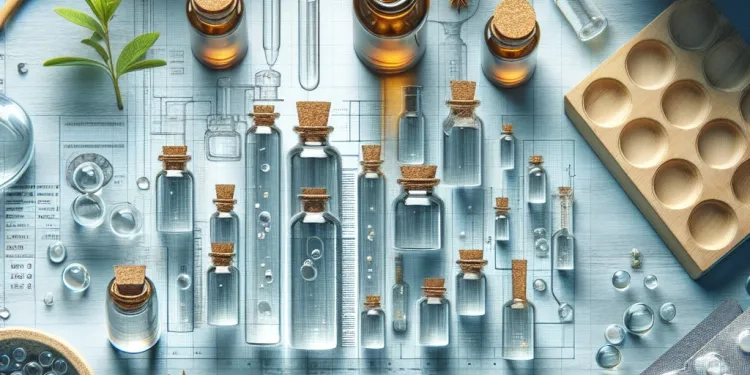
Find Help
More Items From Ergsy search
-
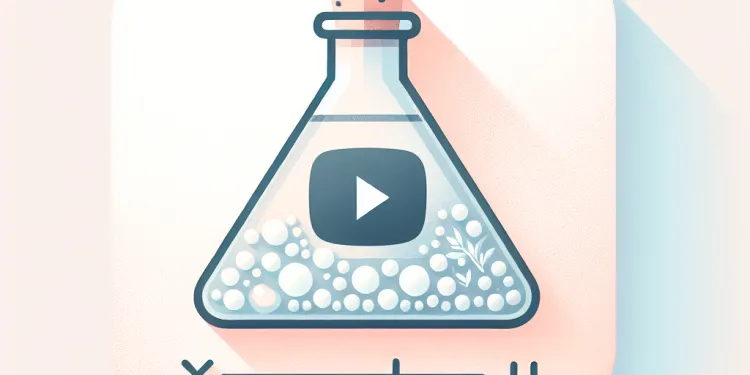
Are homeopathic medicines safe?
Relevance: 100%
-
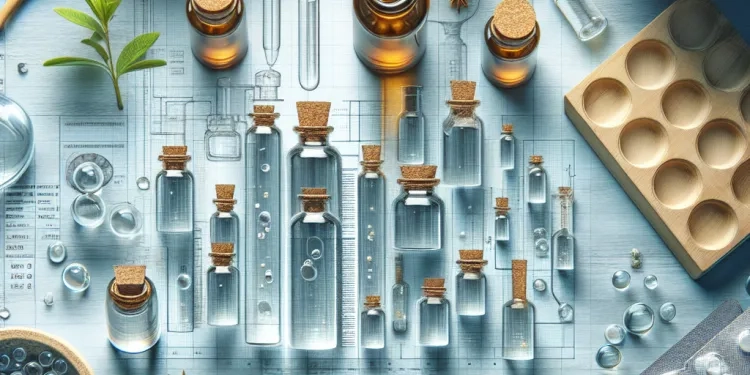
How are homeopathic medicines made?
Relevance: 94%
-

Do homeopathic medicines contain any active ingredients?
Relevance: 88%
-

What is Homeopathy and Homeopathic Medecine?
Relevance: 68%
-

How can I find a qualified homeopath in the UK?
Relevance: 61%
-

Are homeopathic treatments covered by the NHS?
Relevance: 60%
-
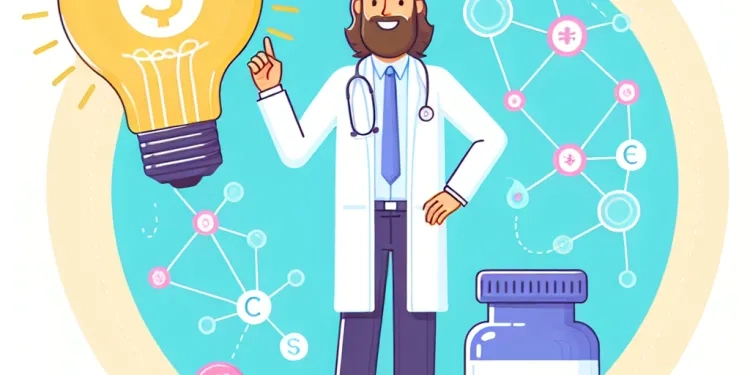
How does homeopathy differ from conventional medicine?
Relevance: 58%
-
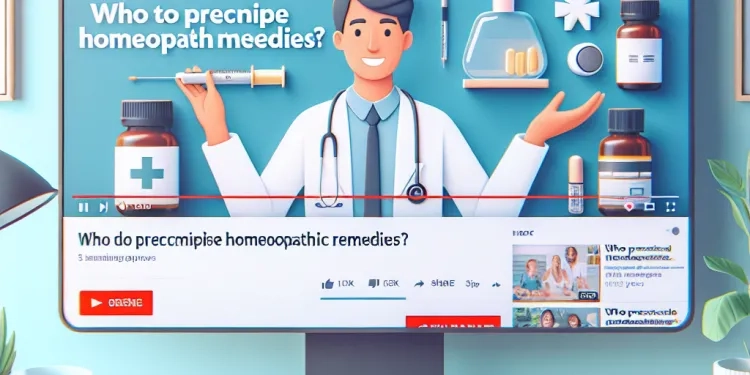
Who can prescribe homeopathic remedies?
Relevance: 56%
-

Can homeopathy treat all medical conditions?
Relevance: 41%
-
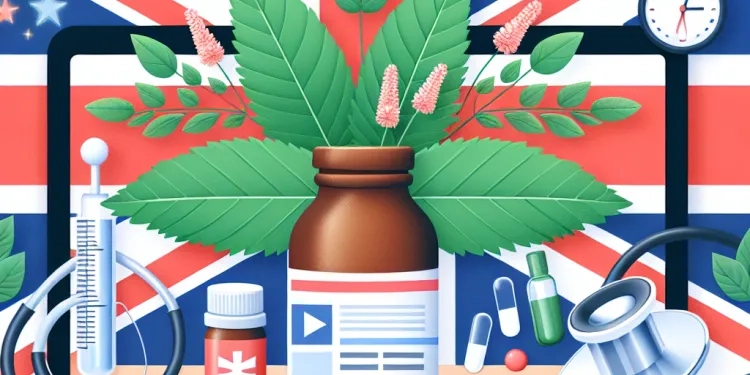
Is homeopathy widely used in the UK?
Relevance: 39%
-
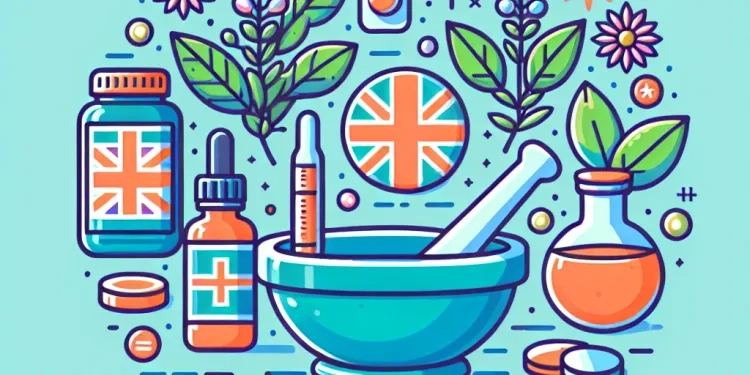
Who founded homeopathy?
Relevance: 39%
-
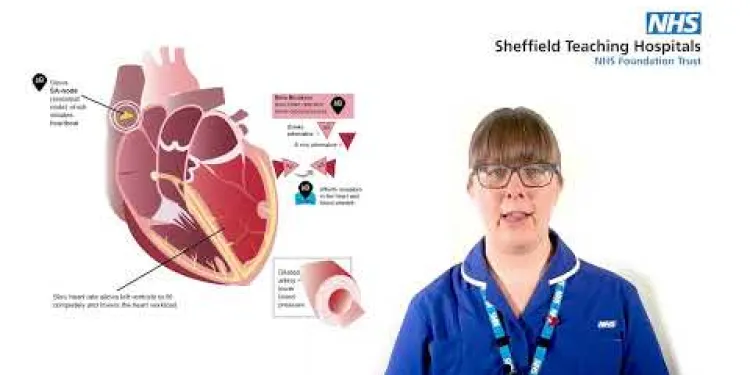
Medicines of the heart
Relevance: 36%
-

Is it necessary to stop conventional treatment when starting homeopathy?
Relevance: 35%
-
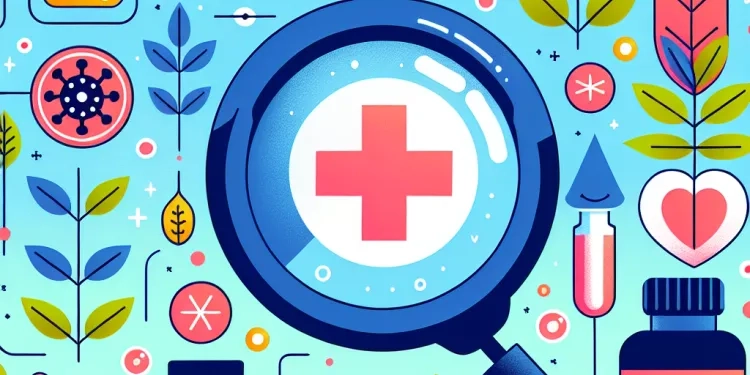
What is the principle of 'like cures like'?
Relevance: 35%
-

What are some common conditions treated with homeopathy?
Relevance: 35%
-

How long has Botox been used in medicine?
Relevance: 34%
-
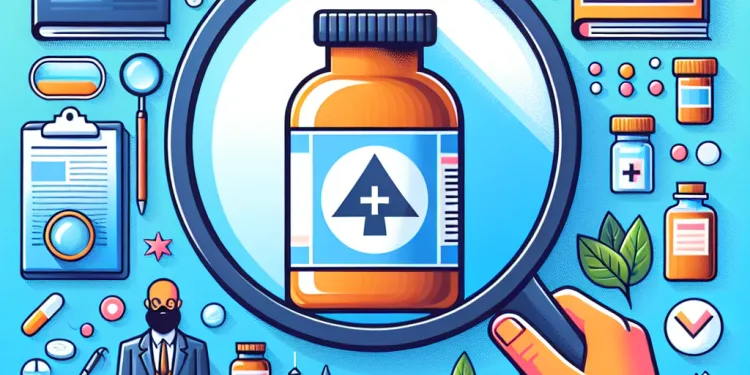
Are there any scientific studies supporting homeopathy?
Relevance: 30%
-
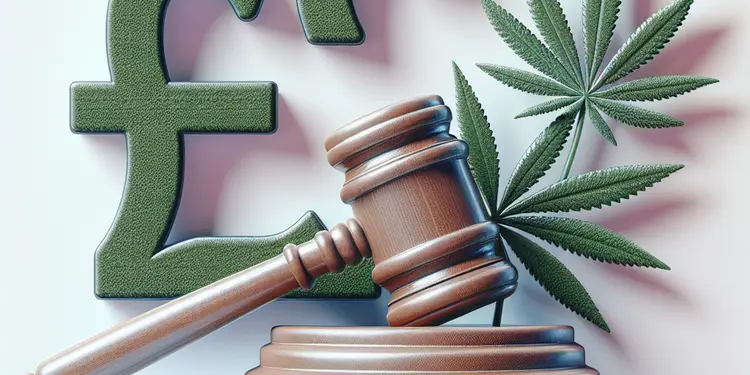
Are marijuana-related offences still considered drug crimes?
Relevance: 11%
-

Dealing with Common Childhood Illnesses
Relevance: 11%
-

What is drug manufacturing?
Relevance: 10%
-

Can I get Botulism from Botox Treatments?
Relevance: 10%
-

How does ketamine work?
Relevance: 10%
-

Is ketamine a controlled substance?
Relevance: 10%
-
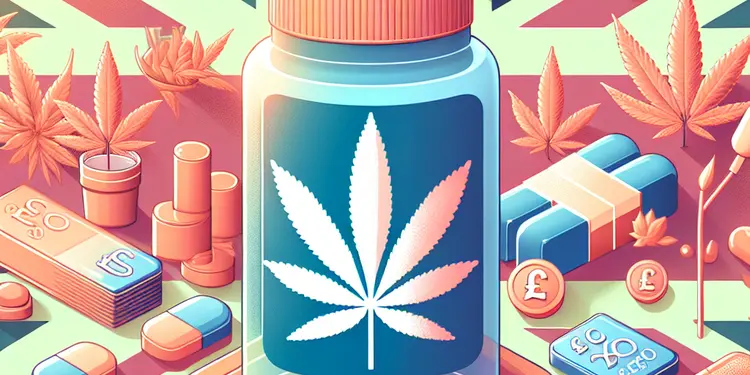
What are the uses of cannabis extract?
Relevance: 10%
-
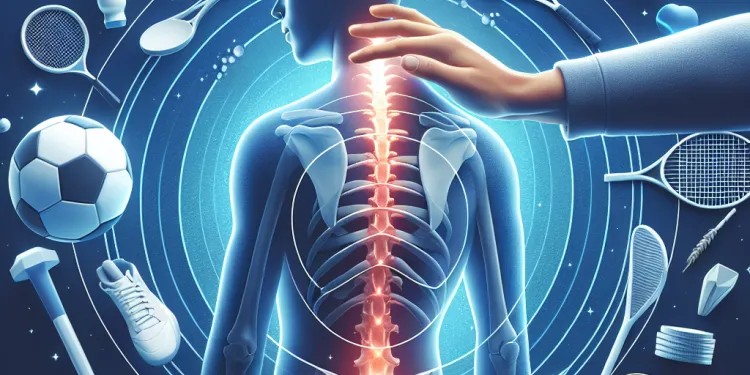
Can chiropractors help with sports injuries?
Relevance: 9%
-

Bowel Cancer
Relevance: 9%
-
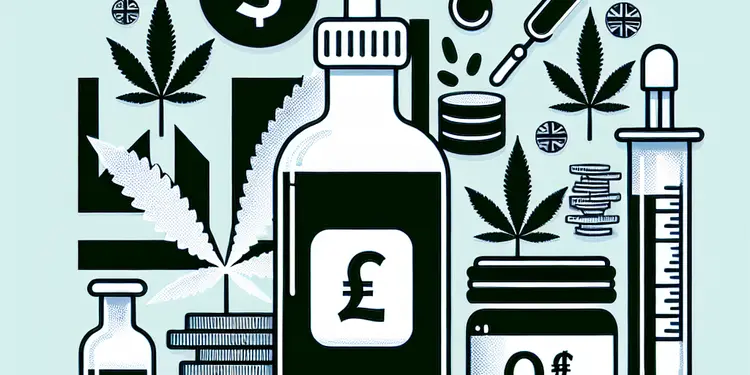
How is cannabis oil different from other extracts?
Relevance: 9%
-

Having an anaesthetic for your operation - for over 8s
Relevance: 8%
-

Is cannabis extract legal?
Relevance: 8%
-

History of Islam in Brief | 5 Minutes
Relevance: 8%
-

Who developed the Paillon treatment?
Relevance: 8%
-

Are there any alternative treatments for Carpal Tunnel Syndrome?
Relevance: 8%
-

Is a prescription required for Paillon treatment?
Relevance: 7%
-
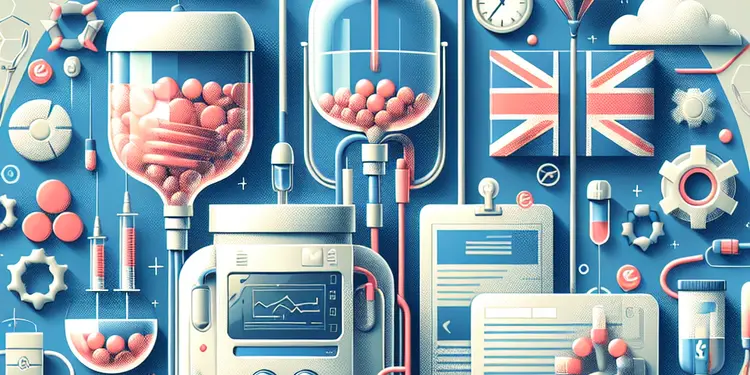
Is Paillon treatment a form of chemotherapy?
Relevance: 7%
-

Dr Philippa Kaye's story
Relevance: 7%
-

What is Bubonic Plague?
Relevance: 7%
-

Is ketamine legal?
Relevance: 7%
-

What is the mortality rate of untreated bubonic plague?
Relevance: 7%
-

What is the bubonic plague?
Relevance: 7%
-

Can the bubonic plague be prevented?
Relevance: 7%
How Are Homeopathic Medicines Made?
Homeopathy is a system of alternative medicine based on the principles of "like cures like" and potentization. Homeopathic medicines, often referred to as remedies, are prepared through a specific process that differentiates them from conventional medicines. These remedies are not only popular in the United Kingdom but also globally recognized in the realm of complementary and alternative medicine.
Selection of Raw Materials
The process of making homeopathic medicines begins with the selection of raw materials. These can be derived from a wide range of sources, including plants, minerals, animals, and other materials. Each chosen substance is known as a mother tincture when in its initial form. For plant-based remedies, fresh or dried plants are typically used, while minerals and animal products undergo careful processing to ensure safety and efficacy.
The Process of Potentization
Potentization is a unique aspect of homeopathy where the strength of a substance is believed to be increased through serial dilutions and succussions. The mother tincture is diluted with alcohol or distilled water; the ratio depends on whether the desired potency is centesimal (1:100) or decimal (1:10). After each dilution, the solution is vigorously shaken, a process known as succussion. This is repeated several times, and the resulting product is referred to as a potency, indicated by a numeral and the corresponding potency scale (e.g., 30C or 6X).
Homeopathic Remedy Forms
Once potentized, remedies are prepared in various forms including tablets, pellets, granules, or liquid solutions. Tablets and pellets are commonly made from sugar or lactose, which are then infused with the liquid remedy. Liquid solutions typically come in alcohol and water mixtures, ideal for those who prefer drops. Each form undergoes stringent quality control measures to ensure consistency and purity in compliance with homeopathic pharmacopeia.
Regulatory Aspects in the UK
In the UK, homeopathic remedies are regulated by the Medicines and Healthcare products Regulatory Agency (MHRA). This ensures that they are safe for use and properly labeled. While homeopathy remains a topic of debate within the medical community, it continues to be a popular choice for many seeking alternative approaches to health care.
In conclusion, the production of homeopathic medicines involves a meticulous process emphasizing dilution and succussion. The scientific community may debate their efficacy, but they remain a significant part of the alternative medicine landscape in the UK.
How Are Homeopathic Medicines Made?
Homeopathy is a type of alternative medicine. It is based on the idea that "like cures like." This means using something that causes a symptom to treat that symptom. Homeopathic medicines are called remedies. They are made in a special way that is different from regular medicines. People use these remedies in the UK and all over the world.
Selection of Raw Materials
Making homeopathic medicines starts with choosing raw materials. These can come from plants, minerals, animals, or other things. The first form of these materials is called a mother tincture. For plant remedies, fresh or dried plants are used. Minerals and animal products are carefully treated to make them safe and work properly.
The Process of Potentization
Potentization makes homeopathic medicines strong. This is done by diluting and shaking the mother tincture. It is mixed with alcohol or water. The mix is then shaken hard. This process is done many times. The strength is shown by numbers and letters like 30C or 6X.
Homeopathic Remedy Forms
After potentization, remedies are made into tablets, pellets, granules, or liquids. Tablets and pellets are made from sugar or lactose with the liquid remedy added. Liquid forms are often in alcohol and water, useful for those who like drops. All forms are checked to make sure they are clean and consistent.
Regulatory Aspects in the UK
In the UK, homeopathic remedies are checked by the Medicines and Healthcare products Regulatory Agency (MHRA). This is to make sure they are safe and labeled correctly. Although some disagree about how well homeopathy works, many people still use it as an alternative health option.
In summary, making homeopathic medicines involves careful steps of diluting and shaking. People may discuss how well they work, but they are still important in alternative medicine in the UK.
Frequently Asked Questions
What is the starting material for homeopathic medicines?
Homeopathic medicines start from plant, mineral, or animal substances, which are known as mother tinctures.
How are mother tinctures prepared?
Mother tinctures are typically prepared by extracting the active ingredients from raw materials using alcohol or water.
What is potentisation in homeopathy?
Potentisation is a process in homeopathy where the mother tincture is serially diluted and succussed (shaken) to increase its therapeutic potency.
Why is succussion important in homeopathy?
Succussion, or vigorous shaking, is believed to enhance the healing properties of the remedy by releasing more energy from the diluted substance.
What are different scales of dilution used in homeopathic medicines?
The common scales are the decimal (X or D), centesimal (C), and fifty-millesimal (LM) scales.
What does a homeopathic dilution of 30C mean?
A 30C dilution means the substance has been diluted in a ratio of 1:100 and succussed 30 times.
How are homeopathic remedies verified for quality?
Homeopathic remedies are regulated to ensure they meet safety and quality standards, including tests for contamination and verification of correct potentisation.
Can homeopathic medicines contain any active ingredients after dilution?
At high potencies, like 30C, it’s unlikely to contain molecules of the original substance, and homeopathy attributes the effect to the energetic imprint left by succussion.
Are homeopathic medicines safe?
Homeopathic medicines are generally considered safe, especially due to their high dilution, which minimises the risk of toxicity.
How does the UK regulate homeopathic medicine production?
In the UK, homeopathic medicines are regulated by the Medicines and Healthcare products Regulatory Agency (MHRA), requiring registration before being marketed.
What does it mean when a homeopathic remedy is '6X'?
A '6X' remedy has been diluted in a ratio of 1:10 and succussed six times.
Do homeopathic remedies expire?
Homeopathic remedies typically have a long shelf life and are often considered stable, but check the packaging for specific expiry dates.
Why is alcohol used in preparing homeopathic medicines?
Alcohol is commonly used as a solvent due to its ability to extract active ingredients from raw materials and ensure preservation of the tinctures.
How are homeopathic pellets made?
Homeopathic pellets are created by impregnating small sugar pill cores with the potentised remedy solution.
Can children take homeopathic remedies?
Homeopathic remedies are generally considered safe for children due to their high dilution, but consult with a healthcare professional for advice.
What do we use to make homeopathic medicines?
Homeopathic medicines come from plants, minerals, or animals. These starting substances are called mother tinctures.
How do you make mother tinctures?
Here is a simple way to explain how to make a mother tincture:
- Get the Plant: Choose a fresh plant that you need.
- Cut It Up: Cut the plant into small pieces.
- Cover with Alcohol: Put the plant in a jar and add alcohol to cover it.
- Wait and Shake: Let it sit, and shake it every day for 2 to 3 weeks.
- Strain It: After a few weeks, strain out the plant, keeping the liquid. This is your mother tincture!
If this is hard to read, you can:
- Ask someone to help read it with you.
- Use a text reader tool on your computer.
- Break down the steps one by one, slowly.
Mother tinctures are made by taking the important parts from plants or other things using alcohol or water.
What is potentisation in homeopathy?
Homeopathy is a type of medicine. In homeopathy, potentisation is a special way to make medicine. It means making a medicine stronger by mixing and shaking. This helps make the medicine work better.
If you find this hard, ask someone to help you read it. You can also use apps that read words out loud.
Potentisation is a step in homeopathy. In this step, we make the medicine stronger by mixing the first liquid with water or alcohol. Then, we shake it up. This helps the medicine work better.
Why is shaking important in homeopathy?
Homeopathy is a way to make medicine using plants and other things from nature.
Shaking the medicine is important because it helps mix it well. This makes the medicine work better.
You can use tools like timers to help you shake for the right amount of time.
Asking for help from someone who knows more about homeopathy can also be useful.
Shaking something a lot is called "succussion." People think it helps the medicine work better by letting more energy out of the tiny amount of stuff inside.
Different Levels of Dilution in Homeopathic Medicines
Homeopathic medicines are made by mixing a tiny part of a plant or mineral with water or alcohol. There are special names for how much it is mixed:
- X or D Scale: This means 1 part of the plant or mineral is mixed with 9 parts of water. This is called a 1X dilution.
- C Scale: This means 1 part of the plant or mineral is mixed with 99 parts of water. This is called a 1C dilution.
- M Scale: Even smaller! There is much more mixing.
Remembering the scales can be a bit tricky. Drawing pictures might help you understand how much things are mixed. You can also use things like cups and spoons to see how different amounts are added together. It can help make it easier to learn!
Here are the different scales: decimal (X or D), centesimal (C), and fifty-millesimal (LM).
What does a homeopathic dilution of 30C mean?
Homeopathy is a way to make medicine.
A homeopathic dilution of 30C means the medicine is very watered down. They take one part of something and mix it with 100 parts of water. They do this 30 times. This makes the medicine very weak.
If you want to know more, ask a doctor or someone who knows about homeopathy.
A 30C dilution means the substance is mixed with water. First, it is mixed 1 part substance to 100 parts water. This happens 30 times. Each time, it is also shaken hard.
How do we check if homeopathic remedies are good?
We make sure to test homeopathic remedies to see if they are made well. This means checking they are safe and will do the job they are meant to.
If you find it hard to read, here are some tips:
- Ask someone to read it with you.
- Use a text-to-speech tool to hear it read aloud.
- Write down any words you don't understand and ask about them.
Homeopathic medicines are checked to make sure they are safe and good quality. They are tested to make sure they are clean and made the right way.
Do homeopathic medicines still have any real ingredients after being mixed with a lot of water?
When something is very strong, like 30C, it might not have any pieces of the original thing left inside. Homeopathy believes that shaking the mixture leaves an energy mark, which is what causes the effect.
- Use audiobooks to hear the information.
- Try reading with a friend or helper who can explain things.
- Take breaks when reading to think about what you just read.
Is homeopathy safe to use?
Homeopathy is a way to help people feel better. It uses tiny amounts of natural things, like plants and minerals.
Always ask a doctor or nurse if you are okay to use homeopathy. It is important to make sure it is safe for you.
Here are some tips to help you:
- Talk to a doctor before you try it.
- Read the label on the medicine box.
- If you feel sick after using it, tell a doctor.
Homeopathic medicines are usually safe to use. They are made in a way that means they have very tiny amounts of active ingredients. This makes them less likely to cause harm or side effects.
How does the UK check homeopathic medicine making?
In the UK, there are special rules for homeopathic medicines. The Medicines and Healthcare products Regulatory Agency (MHRA) makes sure they are safe. They must be checked and registered before people can buy them.
What does '6X' mean in homeopathy?
Homeopathy is a way people use natural things to try and feel better.
When you see '6X' on a homeopathic remedy, it means the medicine has been mixed a lot.
Here, '6X' tells us the medicine has been mixed with water six times.
This mixing is to make it safe and gentle.
It’s like adding a drop of juice to a big glass of water.
If you're curious, ask a doctor or a pharmacist for help.
A '6X' remedy has been mixed with water and shaken six times. This mixture is made by taking 1 part of the remedy and adding it to 9 parts of water.
Do homeopathic remedies go bad?
Homeopathic remedies are special medicines. Some people think they never go bad, but it's good to be careful.
Here are some tips to keep them safe:
- Store them in a cool, dry place.
- Keep them in their original package.
- Check for a date on the bottle. Sometimes there is a "best before" date.
If you are not sure about your medicine, ask a trusted adult or a doctor. They can help you find the right answer!
Homeopathic medicines can last for a long time. They usually stay good and safe to use. But always look at the package to see if there is a date that says when you should stop using it.
Why do we use alcohol to make homeopathic medicines?
Alcohol helps keep the medicine safe and clean. It stops germs from growing. Alcohol also helps mix the ingredients in the medicine.
You can ask a grown-up for help if you have more questions about homeopathic medicines. Tools like picture books or videos can also help you learn more.
Alcohol is often used to help mix ingredients and keep them fresh. It helps get important stuff out of plants and keeps mixtures safe to use.
If you have trouble reading, you can try using a ruler to keep your place or use a highlighter for important words. Audiobooks and text-to-speech apps can also be helpful tools.
How are homeopathic pellets made?
Homeopathic pellets are tiny medicines. Here is how they are made:
- First, take a small amount of a natural thing, like a plant.
- Mix it with water or alcohol. This makes it really weak.
- Put this weak mix on little sugar balls. The sugar balls soak it up.
If you want help reading, you can try:
- Asking someone to read it with you.
- Using a reading app that reads out loud.
- Highlighting the parts you find tricky.
Homeopathic pellets are made by adding the remedy to little sugar pills.
Can kids use homeopathic medicine?
Yes, kids can use homeopathic medicine, but it is important to talk to a doctor first. Here are some simple steps to help you:
- Ask a grown-up to help you talk to a doctor or pharmacist.
- The doctor will tell you if it's safe and how to use it.
- Always follow what the doctor says.
- Use apps or tools that help you remember to take medicines.
Remember, asking questions is good! Always talk to someone you trust if you're not sure.
Homeopathic medicines are usually safe for kids because they are very diluted. But it's important to talk to a doctor or nurse for advice.
Useful Links
- Ergsy carfully checks the information in the videos we provide here.
- Videos shown by Youtube after a video has completed, have NOT been reviewed by ERGSY.
- To view, click the arrow in centre of video.
- Most of the videos you find here will have subtitles and/or closed captions available.
- You may need to turn these on, and choose your preferred language.
- Go to the video you'd like to watch.
- If closed captions (CC) are available, settings will be visible on the bottom right of the video player.
- To turn on Captions, click settings .
- To turn off Captions, click settings again.
More Items From Ergsy search
-

Are homeopathic medicines safe?
Relevance: 100%
-

How are homeopathic medicines made?
Relevance: 94%
-

Do homeopathic medicines contain any active ingredients?
Relevance: 88%
-

What is Homeopathy and Homeopathic Medecine?
Relevance: 68%
-

How can I find a qualified homeopath in the UK?
Relevance: 61%
-

Are homeopathic treatments covered by the NHS?
Relevance: 60%
-

How does homeopathy differ from conventional medicine?
Relevance: 58%
-

Who can prescribe homeopathic remedies?
Relevance: 56%
-

Can homeopathy treat all medical conditions?
Relevance: 41%
-

Is homeopathy widely used in the UK?
Relevance: 39%
-

Who founded homeopathy?
Relevance: 39%
-

Medicines of the heart
Relevance: 36%
-

Is it necessary to stop conventional treatment when starting homeopathy?
Relevance: 35%
-

What is the principle of 'like cures like'?
Relevance: 35%
-

What are some common conditions treated with homeopathy?
Relevance: 35%
-

How long has Botox been used in medicine?
Relevance: 34%
-

Are there any scientific studies supporting homeopathy?
Relevance: 30%
-

Are marijuana-related offences still considered drug crimes?
Relevance: 11%
-

Dealing with Common Childhood Illnesses
Relevance: 11%
-

What is drug manufacturing?
Relevance: 10%
-

Can I get Botulism from Botox Treatments?
Relevance: 10%
-

How does ketamine work?
Relevance: 10%
-

Is ketamine a controlled substance?
Relevance: 10%
-

What are the uses of cannabis extract?
Relevance: 10%
-

Can chiropractors help with sports injuries?
Relevance: 9%
-

Bowel Cancer
Relevance: 9%
-

How is cannabis oil different from other extracts?
Relevance: 9%
-

Having an anaesthetic for your operation - for over 8s
Relevance: 8%
-

Is cannabis extract legal?
Relevance: 8%
-

History of Islam in Brief | 5 Minutes
Relevance: 8%
-

Who developed the Paillon treatment?
Relevance: 8%
-

Are there any alternative treatments for Carpal Tunnel Syndrome?
Relevance: 8%
-

Is a prescription required for Paillon treatment?
Relevance: 7%
-

Is Paillon treatment a form of chemotherapy?
Relevance: 7%
-

Dr Philippa Kaye's story
Relevance: 7%
-

What is Bubonic Plague?
Relevance: 7%
-

Is ketamine legal?
Relevance: 7%
-

What is the mortality rate of untreated bubonic plague?
Relevance: 7%
-

What is the bubonic plague?
Relevance: 7%
-

Can the bubonic plague be prevented?
Relevance: 7%


